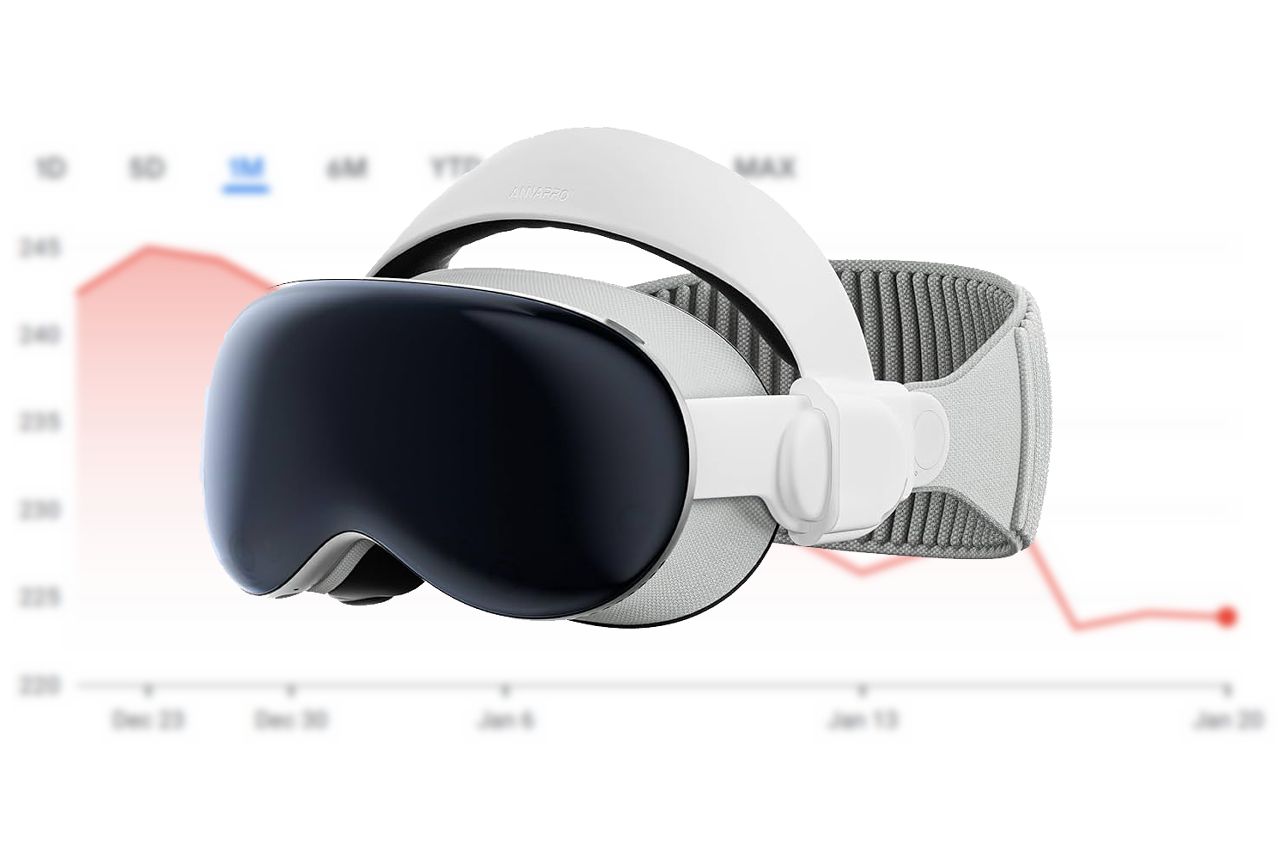
Augmented Reality: An In-Depth Guide to Interactive Gaming and AR Tech
|
|
Augmented reality (AR) and virtual reality (VR) are two branches of extended reality (XR) technologies, fundamentally differing in how they transform the space around the user. With VR already covered in the separate article, this article explores AR from a gamer’s perspective. It delves into AR evolution, how it works, its differences and advantages compared to VR, its current applications, and some future prospects.
Table of Contents
- Introduction
- Augmented Reality vs Virtual Reality: What’s the Difference?
- Augmented Reality: Concept, History, and Current Trends
- How Is Augmented Reality Used?
- Advantages of Augmented Reality
- Disadvantages of Augmented Reality
- Key Differences Between Augmented Reality and Virtual Reality
- Practical Application of Augmented Reality
- FAQ
- TL;DR
Introduction
Why should gamers pay close attention to AR? Firstly, it is a technology that can bring a gaming component to real life without bulky equipment. A smartphone with a camera or special glasses or headset is enough—and the user already sees a combination of the real world and game elements around him.
Secondly, AR games often involve social activity. Instead of sitting at home at the console or computer, the player moves through the streets and parks, performs tasks, fights monsters, or participates in quests. In Pokémon GO, for example, players gather at certain places to participate in raids for the chance of getting rare pokemon. In fact, AR scenarios can combine the physical world and MMO mechanics.
Third, augmented reality is just one component of the vast XR ecosystem. Individual companies are already experimenting with hybrid modes, where the user can switch between AR and VR depending on the task. Perhaps in the future, we will get universal headsets capable of both full immersion and superimposing digital objects in our daily environment.

Augmented Reality vs Virtual Reality: What’s the Difference?
VR completely replaces the real world with a virtual stage, immersing a person in an interactive digital environment. The player puts on a headset, and everything they see and hear is the result of a computer simulation. AR, on the contrary, retains access to the real environment by overlaying additional graphic objects, labels, and animations on top of it, which (with proper tracking) look as if they are located right in our physical space.
In gaming, VR is usually associated with first-person shooters, quests, and adventures where the player physically moves in an entirely fictional world. AR applications allow you to turn a real city into a battlefield or a fabulous map by superimposing game characters on it. For example, the popularity of mobile AR games (Ingress, Pokémon GO) has demonstrated how exciting the gamification of basic movement in familiar locations can be.
Therefore, when it comes to the future of interactive entertainment, AR often looks like a more mobile and social technology capable of integrating into everyday situations.

Augmented Reality: Concept, History, and Current Trends
Augmented reality refers to technology that adds virtual objects, special effects, or text labels to a real-world image. Thanks to sensors and cameras, the system recognizes space and combines 3D computer graphics with it so that objects look natural (if possible). At the same time, the user continues to see the physical environment around him.
Early developments in the field of AR were related to military and aviation projects: decades ago, pilots tried to show indicators directly on the helmet or windshield. However, the first large-scale developments date back to the late 2000s, when smartphones with cameras, GPS, and gyroscopic sensors became widely available to consumers. The technology became more accessible, although the power of the devices was still relatively low.
The real AR boom occurred in 2016 when the Pokémon GO game captured the whole world. It opened people’s eyes to how virtual creatures can be seamlessly integrated into everyday urban environments. It was followed by a wave of similar projects, including less high-profile ones, which also focused on gameplay outside the home.
Current trends of augmented reality
- Mobile AR. Massive games and applications (the same Pokémon GO, Harry Potter: Wizards Unite, Pikmin Bloom, etc.), various interactive filters on social media (Snapchat, Instagram).
- AR headsets. HoloLens, Magic Leap and other devices designed for the corporate sector (engineering, medicine). But in the future, these glasses can become a base for AR gaming (if prices decrease).
- Geolocation. In many AR projects, the real city transforms into a playing field. Developers actively encourage users to explore different areas where specific game elements or events are hidden.
Hence, AR is no longer perceived as a purely scientific curiosity: mobile games, interactive advertising campaigns, and educational applications clearly show that this technology works in the real world.

How Is Augmented Reality Used?
The use of AR is very diverse, but if you look at it through the prism of gaming, there are several main directions:
- Geolocation-based mobile games. Gamers move around a real map, but on the screen, they see virtual creatures or objects appearing at a specific point. This has a unique social aspect: groups of players can gather in real parks or monuments to capture arenas for their faction or stage a joint raid against a powerful boss. A classic example is Pokémon GO.
- AR-quests and escape rooms. Many escape rooms incorporate augmented reality elements to enhance interactivity: using a tablet or phone, players can see clues invisible to the naked eye or scan markers that trigger evidence animations. There are also street quests, where players explore the city to find tags that unlock new puzzles on the screen.
- Blending with offline games. Tabletop games can gain a new dimension when pointing a camera at the playing field brings the figures to life in 3D animation. This makes the experience more dynamic and engaging, merging live table interaction with digital magic.
- AR filters and mini-games on social media. Snapchat, TikTok, and Instagram have long introduced different AR elements: from funny ears and noses to interactive mini-games with head control. This is the simplest and most accessible format because it does not require the installation of a full-fledged game, everything works within the app.
- Educational and guidance projects. Gamification can also manifest itself in an educational environment: an AR encyclopedia application where a child sees a dinosaur or a planet of the Solar System right on his floor is no longer a novelty, but such projects make learning more fun. And if you add quests, you get a full-fledged edutainment.
Thus, augmented reality in gaming allows users to go beyond the screen and monitor, turning the world around them into an interactive platform or complementing familiar desktop formats with new tools.

Advantages of Augmented Reality
To understand why AR is so attractive to gamers (and beyond), let’s look at its key advantages—those that make this technology unique and different from VR.
- Social and mobile components. Most AR games (especially on smartphones) are tailored to the outside world. The player ventures outside and explores various locations, sometimes interacting with other players. This benefits both physical health (through movement and walking) and socialization. And in VR, a user is fully immersed in a fictional world, disconnected from the outside.
- Minimum barrier to entry. For AR, it’s enough to have a smartphone or tablet, whereas for VR, you usually need to have a headset and a powerful computer. Therefore, the potential audience of AR games is enormously wider: almost all owners of modern phones can try AR.
- The real environment becomes part of the gameplay. This is what defines AR and creates a unique experience. Physical objects transform into quest elements, and familiar places become locations for fantastic events. This approach gives scope for imagination and allows developers to implement game mechanics that are closely related to the landscape or urban infrastructure.
- Ease of integration. AR seamlessly blends into the real world, allowing users to engage with apps or games without disrupting their daily activities. For example, a person can go shopping while catching virtual monsters or exploring AR-based tips about nearby landmarks. In contrast, VR isolates the user within the headset and makes multitasking nearly impossible.
- Low risk of motion sickness. Virtual reality is known for the problem of motion sickness when visual perception tells the brain that we are moving, but the body remains in place. AR retains a natural connection with real space, so the likelihood of disorientation and dizziness is significantly lower.

Disadvantages of Augmented Reality
Despite these advantages, augmented reality is not without its drawbacks, which are especially noticeable when it comes to large-scale gaming projects.
- Dependence on external conditions. AR applications require adequate lighting and contrasting surfaces for optimal performance. In low light or on uniform surfaces, tracking may become unstable, causing virtual objects to drift or appear inconsistently on the screen. When it comes to mobile AR games, outdoor factors (rain, snow, excessive sunlight) can also disrupt the experience.
- Stable Internet and GPS requirements. Many AR games rely on a constant online connection and precise geolocation to render objects in real time. Network problems or GPS inaccuracies can cause the monster to spawn in the wrong place or not appear at all. This can be frustrating, especially during rare events or raids.
- Battery drain and device load. The constant usage of camera, sensors, GPS, and rendering of virtual objects quickly depletes a smartphone’s charge. Prolonged AR sessions can also cause the device to overheat, which can reduce FPS and degrade the overall experience.
- Limited tracking accuracy. Although modern AR technologies have improved plane detection and depth calculation, errors still occur. In fast games or with sudden camera angle changes, objects may flicker, shift, or sink into the floor.
- Risk of losing awareness in the real world. Sometimes, players get carried away catching monsters or searching for objects, and stop paying attention to cars, people, or obstacles. It can be unsafe, especially in urban areas or when crossing a street.
Key Differences Between AR and VR
To better understand where AR wins and where it loses, it is useful to compare it with VR:
- Immersion level. VR offers maximum immersion but with complete isolation from the real world. AR mixes the real and virtual worlds, with an emphasis on interacting with physical objects.
- Equipment. VR: helmet or headset, often external trackers, a powerful PC. AR: a smartphone with a camera is enough. Or expensive and niche special glasses.
- Primary game genres and concepts. VR: shooters, simulators, adventures. AR: geolocation MMOs, street quests, gamification of education and related fields (museums, etc.).
- The social aspect. VR: joint games in virtual lobbies or rooms, only within the digital world. AR: players can actually meet at map points, interact offline, and play simultaneously, making the game feel more real.
- Comfort and safety issues. VR: the risk of motion sickness, need for a spacious room to avoid bumping into furniture. AR: the risk of distraction from reality, bumping into people or objects while constantly looking at the screen.
VR and AR have different ecosystems of use. VR projects attract the player with their intense immersiveness, while AR applications attract with a low entry threshold (accessible to any smartphone owner), geolocation, and social interaction.
Practical Application of Augmented Reality
Although our main focus is on gaming, it’s worth briefly noting how AR can shine in other areas, since many mechanics evolve through cross-industry innovations. In industry, AR glasses guide workers on assembly and reduce errors; in medicine, surgeons overlay MRI or X-ray data on the patient’s body for higher precision; in education. AR replaces static materials with interactive 3D models, while marketing and retail embrace virtual fitting rooms and product previews. Tourism and culture also benefit from AR audio guides and visual cues, allowing visitors to view historical overlays and interactive information.
Even though games operate in a slightly different realm, many of the same technologies used in professional applications—like plane tracking, SLAM algorithms, and object recognition—also enhance AR gaming experiences, expanding their capabilities and appeal.
FAQ
What is augmented reality and virtual reality?
Augmented reality places virtual elements into your actual surroundings, while virtual reality immerses you entirely in a digital world.
What is an example of AR?
A classic example is Pokémon GO, where virtual creatures appear in real-world settings via your phone’s camera.
What do VR, AR, and MR stand for?
VR is virtual reality, AR is augmented reality, and MR is mixed reality.
What is the difference between augmented reality and virtual reality? Mixed reality?
AR adds digital objects to the real world, VR replaces the real world with a virtual one, and MR combines both, allowing digital and real elements to interact.
What are the disadvantages of AR and VR?
VR often requires expensive, high-performance hardware and can cause motion sickness. Users are fully isolated from the real world, which can be disorienting or unsafe in certain situations. AR depends on stable lighting, reliable GPS, and a continuous camera feed—factors that can quickly drain battery life. Inconsistent tracking or poor weather conditions can disrupt the experience.
Is it possible to use AR at home without going outside?
Yes, absolutely. There are plenty of applications that aren’t tied to a specific location. However, many of the popular AR games still involve geolocation and active moving.
How do AR glasses differ from VR headsets?
AR glasses feature transparent or translucent lenses, allowing you to see the real world with digital graphics overlaid on top. VR headsets completely obscure the view, replacing the real picture with a digital one.
How dangerous is it to play AR games on the street?
As with any phone-based activity, AR games require you to stay aware of your surroundings. Avoid dangerous areas and don’t cross roads while looking at the screen. Developers typically include such warnings at game launch. It’s also best to play in good lighting and steer clear of unsafe locations.
Can AR be harmful to health?
Overall, AR is safer than VR because you remain aware of the real world, putting less strain on the vestibular system. Still, prolonged sessions can lead to eye strain or discomfort in the neck area, especially if you’re constantly looking down at your phone.
TL;DR
Augmented reality is gradually establishing its niche in the world of interactive entertainment, differing from VR by its ease of access and real-world focus. For gamers, AR opens up possibilities beyond the traditional armchair and monitor: searching for hidden objects in parks, staging quests in historic city streets, or interacting with friends not only online but also in real-life locations.
The strength of AR lies in its ability to integrate into everyday life. Instead of isolating ourselves from the outside world, we turn it into a playground. At the same time, the technology still has drawbacks: GPS inaccuracies, rapid battery drain, and problems with tracking accuracy. Yet each new generation of smartphones (or special glasses) shows progress in solving these issues.
Compared to VR, AR looks less deep in terms of immersiveness, but it shines in a different field: it leverages its wide accessibility and social interactivity. As AR technology advances—especially with smart glasses—it will seamlessly integrate into daily life, enhancing social connections and interactive entertainment. More than just a trend, AR is shaping the future of gaming and beyond—of course, if these glasses become affordable.














